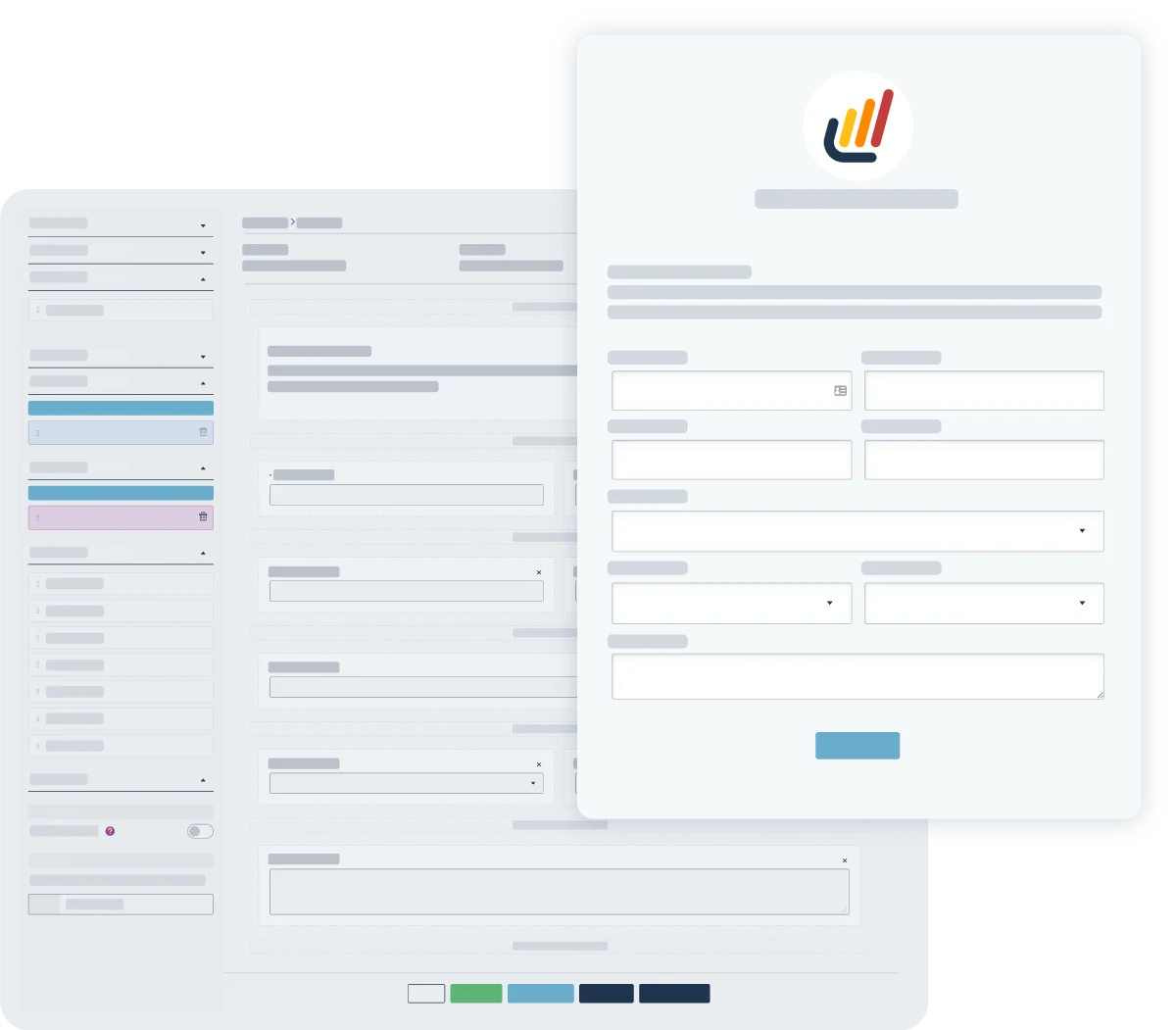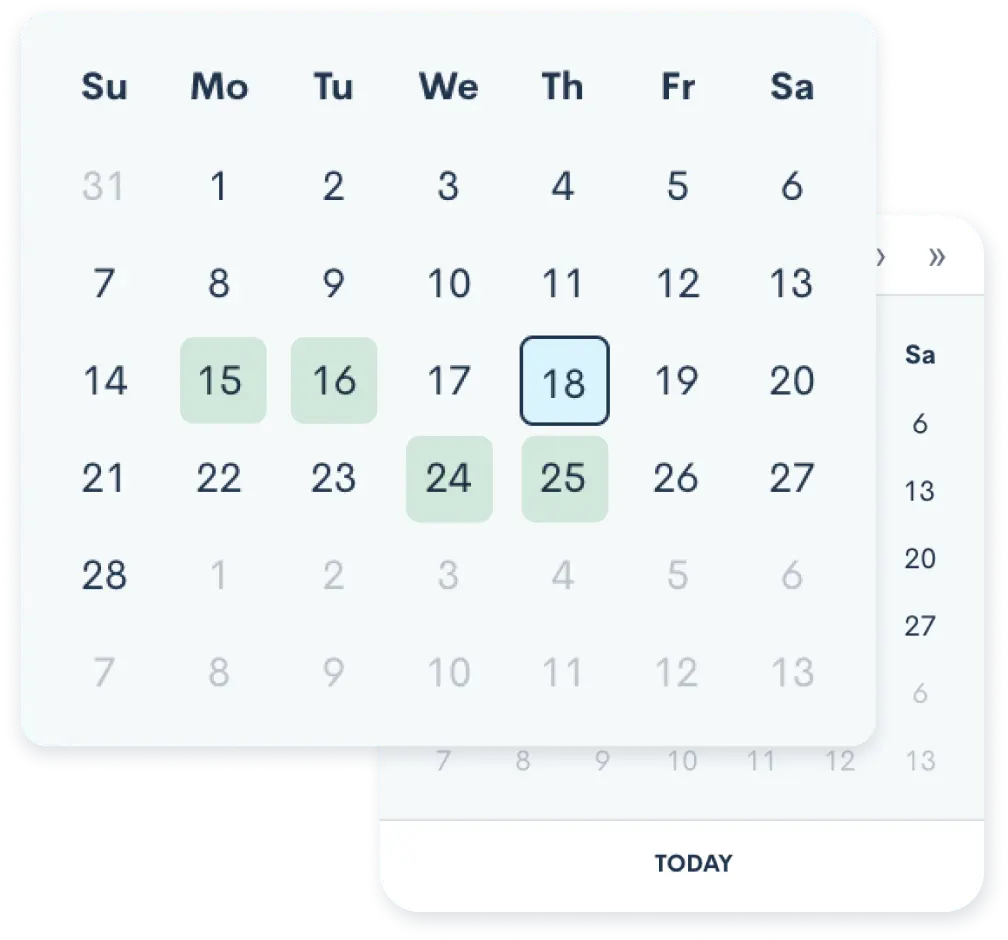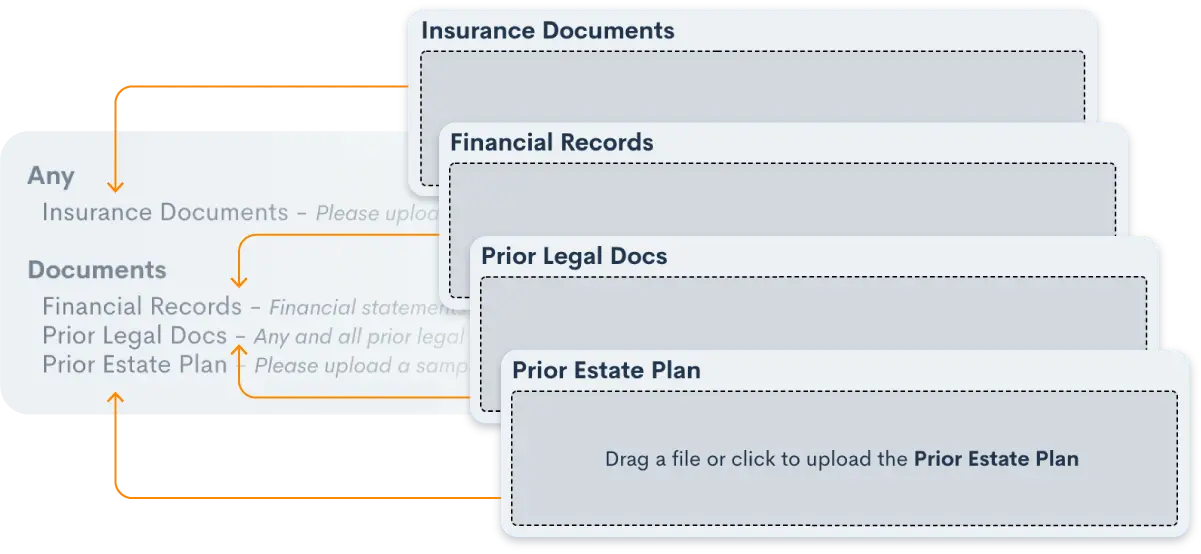The legal client intake process is broken up into four different stages. The initial stage is the minute a client first contacts a firm. They usually contact a firm through an online advertisement, by a referral or by calling from a directory. An effective client intake process efficiently captures a lead’s information to ensure that they progress into the next stage of the client intake process which is being followed up with.
Many lawyers have a difficult time keeping up with all of their incoming leads manually. This can cause uncertainty about who has already been followed up with. However, with the help of technology like Lawmatics, legal firms can track each lead in a database to see where each lead stands in the client journey.
Once a lead has been followed up with, the next stage of the client intake process takes place— a consultation. In many cases, scheduling a consultation requires several back and forths trying to find the right time that works for everyone, which is why more and more attorneys are turning towards automated appointment scheduling to speed up the process. Leads can choose a time slot from whatever dates you make available, and self-schedule automatically.
The final stage of the client intake process is securing the client and finalizing the attorney-client relationship. It’s at this point that any paperwork necessary for onboarding the client is drawn up and signed. With the help of legal client intake software like Lawmatics, lawyers can save a significant amount of time they would have otherwise spent on drafting up complex paperwork. Not only can intake software help draft up documents in a fraction of the time, but there’s no need for clients to print, sign, and scan back signatures thanks to e-signature tools.











.avif)
.avif)

.avif)

